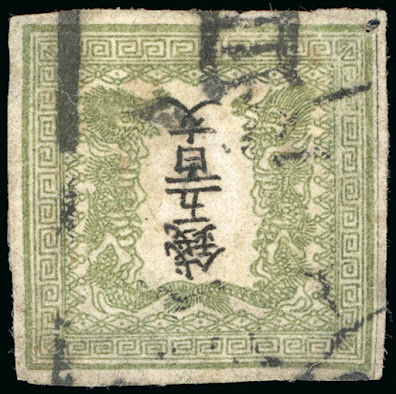Release: MAY 16, 2025
A rhetorically facetious question asked by younger people is, “What’s the worst that can happen if I do this?” The “this” in question is typically any activity that is invariably dubious. There are different levels. For instance, skipping class in school. That’s unwise. Or, driving with one’s eyes closed. That takes catastrophe to a whole new level.
When collecting baseball cards, what’s the worst that can happen? I’d wager there’s not a boy alive who, at some point, hasn’t claimed his mother threw out his cards – many of which were imaginarily super valuable. I was one of those kids. I can even picture the box that housed my Sandy Koufax, Mickey Mantle and other Holy Grail gems (which certainly existed in my mind....)
In Middle School, our art teacher split the class into groups. Each group was tasked with painting a massive mural with each kid adding their own artistic images. I thought ours was so good, at the end of the year, I rolled it up and took it home. For decades, I kept it in the basement to surprise my classmates at our 50th school reunion. That gathering happened last month. Nope, I had no mural. My mom had thrown it away over 30 years ago. To her, it had no value. I suppose, there’s value and there’s Value.
As I said, there are different levels of the worst that can happen. A famous Las Vegas casino magnate was once displaying his $140 million Picasso painting to a group of friends prior to its sale. During the showing, that owner backed up and punched a hole in it with his elbow. That accident was said to lower the value by about $40 million. Clearly, the worst that could happen would be such a major financial loss.
The housekeeper of a wealthy stamp collector was once dutifully vacuuming the man’s home office. (This is absolutely true.) The collector had purchased one of the ultra-rare inverted Jenny 24-cent airmail stamps accidentally created in 1918. Depending on condition, some of the 100 existing stamps have sold for well north of one-million dollars.
Instead of keeping his super rarity in a special protective holder in a vault, the collector placed it in his regular stamp album. What’s the worst that can happen? Unbeknownst to the owner and the housekeeper, that one stamp, the rare invert, had fallen from the album onto the floor. You guessed it. The stamp was sucked into the vacuum cleaner. It was later found in the bag but then with creases and tears. It eventually was sold, but for a dramatically reduced amount.
That made me think of all the potential rarities that have gone unnoticed or been thrown away. Some time ago, a family asked me to look over some gold coins that had been left to them. None were in great condition. The family had taken bids from a few dealers. All offers were for just over their gold content value of, then, about $1,500 each. That wasn’t unrealistic except that one, an 1861 $20 gold piece, to me appeared curious. It was made the year a man named Paquet helped the Mint slightly redesign the coin. His subtle tweak didn’t work so relatively few were struck. They’re very rare.
I sent the coin off to be authenticated. It came back genuine. Even in lousy condition we ended up selling it at auction for $55,000. What if we hadn’t looked a little closer? Over $50,000 would have been left on the table.
In 2023, a rather homely Japanese stamp printed in 1871 also went under the auction hammer. Discovered in 1953, the lettering in the center is inverted – something only one who reads Japanese would notice. That small, ugly, used green and black 500-mon stamp sold for a whopping $5.8 million, making it the third most valuable stamp on earth. Again, what if someone hadn’t looked an eensie bit closer to spot those inverted characters? It may well have ended up in the trash.
This month, the Maryland legislature is reversing its no-sales-tax law for any coins and bullion sold for over $1,000. (Imagine a sales tax on stock purchases.) Consequently, such sales in Maryland are now subject to a six-percent sales tax. 45 states impose no such sales tax at all. The result will surely send buyers flocking to those states to purchase coins and bullion. Collectors and dealers alike will lose out. Did anyone in Maryland’s government ask, “What’s the worst that can happen if I do this?” Doubtful.
For more collecting stories and advice, log on to: http://prexford.com/.

